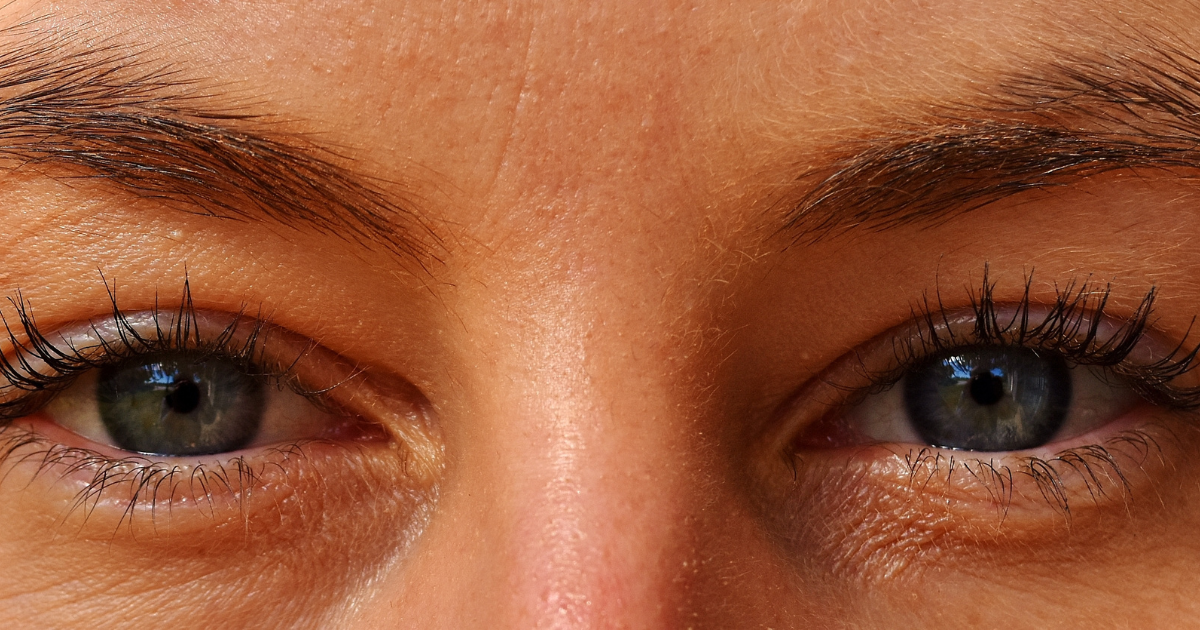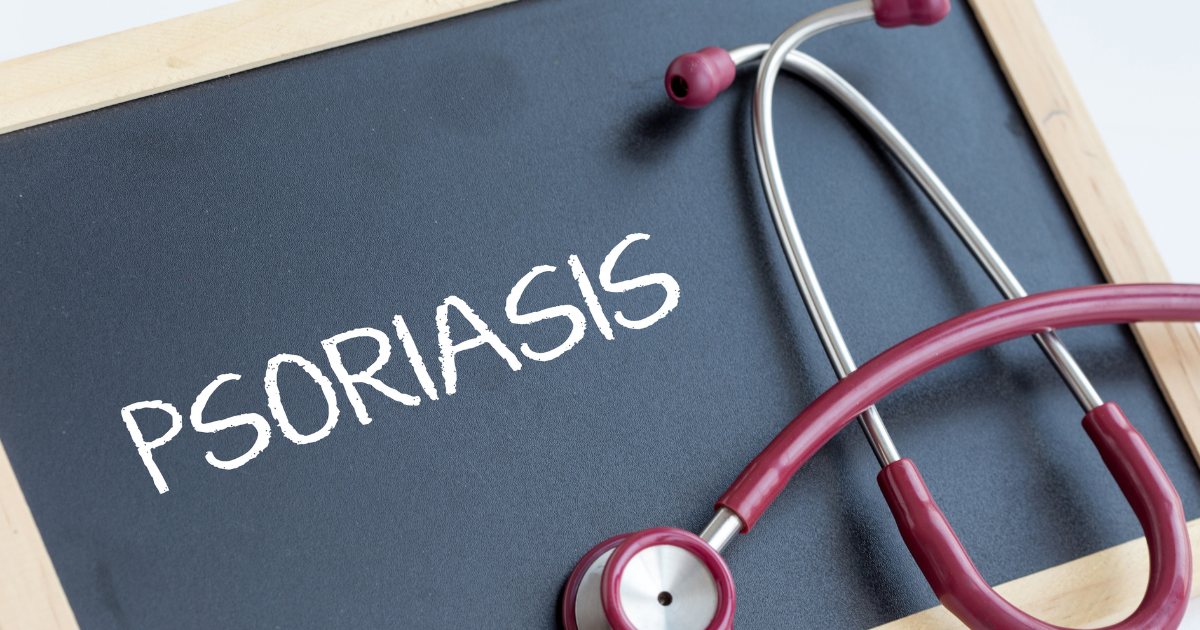Introduction
Waking up with a stiff back and struggling to fall asleep due to pain? If you have Ankylosing Spondylitis (AS), these challenges might feel like daily rituals. This chronic inflammatory arthritis mainly affects the spine, but its impact extends into every hour of your day. Let’s explore how to tackle Ankylosing Spondylitis—hour by hour.
Morning: Fighting the Stiffness
Problem: Ankylosing Spondylitis causes morning stiffness that can last for hours.
Solutions:
- Gentle morning stretches: Focus on spine, neck, and hips. Try cat-cow, pelvic tilts, and thoracic rotations.
- Warm showers: Help ease tight muscles and increase flexibility.
- Avoid long snoozes: Lying in bed longer can worsen stiffness.
Pro Tip: Keep a hot water bag or heating pad by your bed and use it before getting up.
Mid-Morning: Stay Mobile at Work or Home
Problem: Sitting too long aggravates spinal pain.
Solutions:
- Set alarms to move every 30–45 minutes.
- Use ergonomic furniture: Invest in lumbar-support chairs or sit-stand desks.
- Practice seated spinal rotations and shoulder rolls while working.
Posture matters: Always sit upright, shoulders back, and feet flat.
Afternoon: Combat Fatigue with Smart Habits
Problem: Fatigue is common due to inflammation and poor sleep.
Solutions:
- Eat anti-inflammatory meals: Include omega-3s (salmon, walnuts), turmeric, leafy greens.
- Stay hydrated: Dehydration worsens joint pain.
- Short walks after lunch: Help digestion and reduce stiffness.
Evening: Gentle Movement and Mental Relaxation
Problem: Evening pain can interfere with social life and relaxation.
Solutions:
- Try low-impact exercises: Swimming, yoga, walking, tai chi.
- Do breathing exercises or meditation: Helps manage pain perception and stress.
- Consider group therapy or AS support communities for mental well-being.
Note: Regular exercise has shown to slow the progression of spinal fusion in Ankylosing Spondylitis.
Night: Prepare for Restorative Sleep
Problem: Pain at night can affect sleep quality.
Solutions:
- Sleep on a firm mattress: Avoid overly soft bedding that curves the spine.
- Back-sleeping with a thin pillow is ideal.
- Avoid screens an hour before bed; instead, read, journal, or stretch.
Create a night routine: Your body heals best during deep sleep, so keep a consistent schedule.
Bonus Tips: Daily Essentials for AS
- Keep a symptom journal: Helps track triggers, flare patterns, and responses to treatment.
- Communicate with your rheumatologist: Share daily struggles for optimized treatment.
- Sunlight & Vitamin D: Essential for bone health; consider 15–20 mins of daily sunlight.
Conclusion:
Living with Ankylosing Spondylitis isn’t just about managing pain—it’s about reshaping your day. From morning stiffness to nighttime relief, small, consistent steps can bring big comfort. Your day may begin with tightness, but it doesn’t have to end that way.
Frequently Asked Questions (FAQs)
Q1: What is the best sleeping position for Ankylosing Spondylitis?
A: The best sleeping position is lying on your back on a firm mattress with minimal pillows. This supports the spine and reduces curvature. Avoid sleeping on your stomach, as it strains the neck and lower back.
Q2: Can Ankylosing Spondylitis be cured completely?
A: Ankylosing Spondylitis has no permanent cure, but its symptoms can be managed effectively with medication, physical therapy, and lifestyle changes. Early diagnosis helps slow progression and maintain mobility.
Q3: Is exercise safe if I have Ankylosing Spondylitis?
A: Yes, regular low-impact exercise is strongly recommended. Activities like swimming, walking, and yoga can reduce stiffness, improve posture, and delay spinal fusion. Always consult your doctor before starting any routine.
Q4: How long does morning stiffness last in Ankylosing Spondylitis?
A: Morning stiffness can last anywhere from 30 minutes to several hours, depending on the severity of inflammation. Stretching, warm showers, and physical activity often help reduce its duration.
Q5: What foods should I avoid with Ankylosing Spondylitis?
A: Avoid processed foods, red meat, refined sugars, and foods high in saturated fats. These can increase inflammation. An anti-inflammatory diet rich in vegetables, fruits, and omega-3s is ideal.





